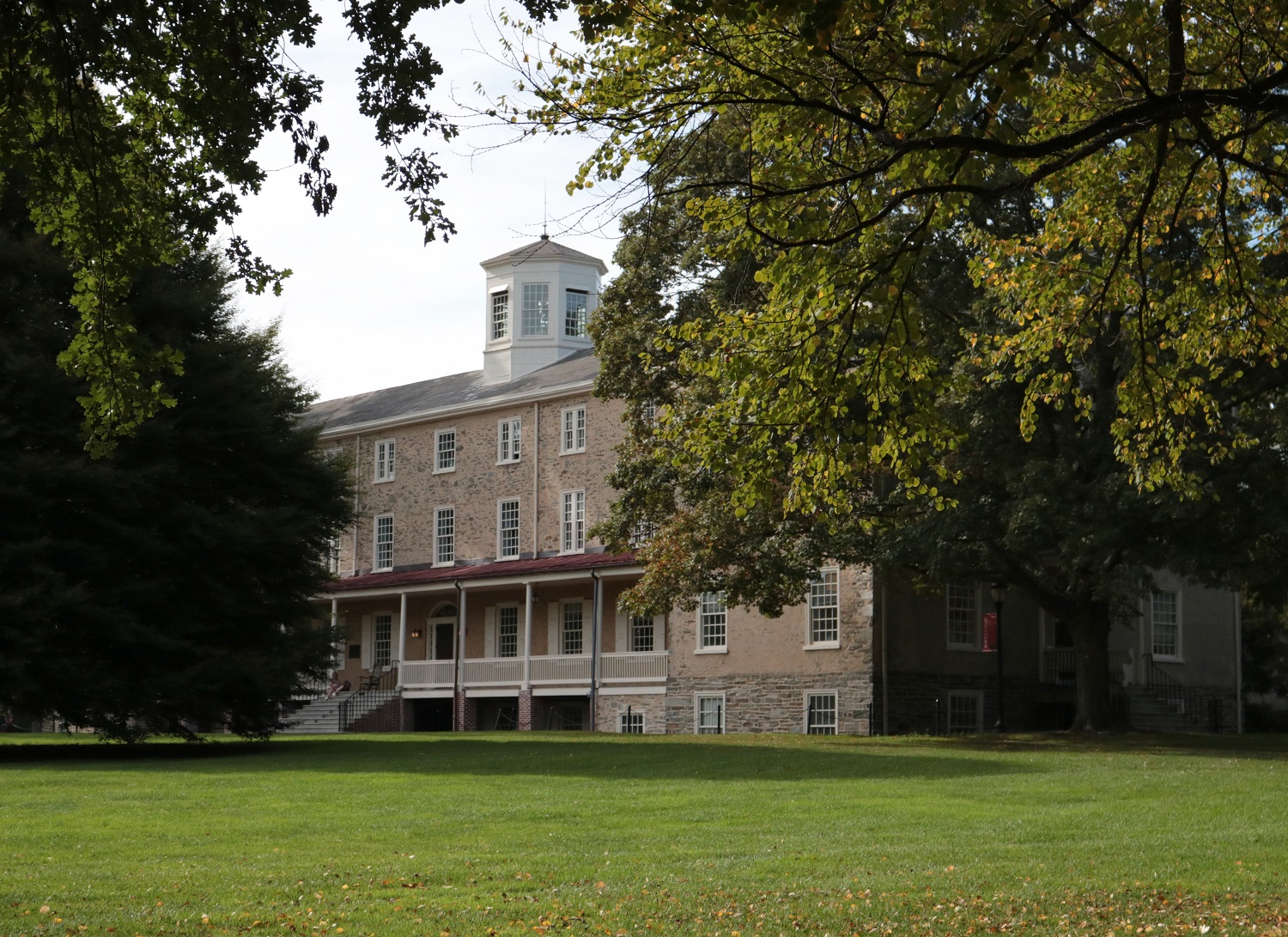
This is part IV of a four-part story written by Haverford resident, Nancy Warren. A study of history uncovers the role a home near Haverford Meeting (Buck Lane) played. It served as an important Quaker boarding house that sheltered World War II refugees for American Friends Service Committee (AFSC). This post explores a bit about the individuals who lived there, and talks about the gifts and talents they brought to America.
PART 4
By Nancy S. Warren
Isherwood’s diary gives a detailed and colorful depiction of how 824 Buck Lane was run and the personalities of the people who lived here and, importantly, allowed follow up research about those people. Many of them made pre war and post war contributions to American and German cultural substantive enough so that they are easily found on the internet. For instance: A lawyer/poet from Vienna, Joseph Luitpold Stern (1886-1966), worked as a teacher and caretaker in a slum in Philadelphia. The Austrian Trade Union named the Josef-Luitpold Star Award in his memory and, since 1968, has awarded it to individuals or institutions that have contributed meaningfully to public education.
Carl Furtmuller (1880-1951), whose wife took ill while imprisoned in Spain and died in the house at 824 Buck Lane, was a founding member of the Vienna Psychoanalytic Association and published important works on psychology and his work with Freud. One of his books, On Suicide: With Particular Reference to Suicide among Young Students, may have been based in part on his experiences here.
Dunker, a doctor who taught Marxist workers at a school in Berlin, also lived at 824 Buck Lane with his family. Their son found a research position at Swarthmore College but committed suicide there.
Ernst Jurkat (1905-1994) was another highly skilled immigrant who came to Buck Lane in 1941. Jurkat printed pamphlets against the Nazi regime at night in his basement for many years. Had he been caught, the punishment would have been beheading, facing forward so that one would see his own impending death. Notified at work one day by his wife that the Gestapo was watching the house, he was forced to flee Germany without family. He eventually made his way to 824 Buck Lane where he spent the next several years trying to reunite with his wife and son.*
Finally successful, he went on to work in Princeton in the Office of Population Research which prepared him to be recruited by the United Nations Development Program as an urban planner, first in Turkey, and later in Ethiopia and Tanzania. Both he and his wife (a social worker) had a following of assistants and devotees who were drawn to them by their kindness and expertise. Jurkat eventually worked with Milton Shapp as a personal adviser to the Governor and Chairman of the Governor’s Council of Economic Advisers.
As a young man in Germany Jurkat studied economics, philosophy, sociology and law. He apprenticed under and became close friends with Ferdinand Tonnies (1855-1936), a German
sociologist who published 900 works and pioneered sociology as an academic discipline. In 1887, Tonnies published Gemeinschaft und Gesellschaft, in which he distinguishes between
two types of society, ‘Community’ and ‘Society’. Gemeinschaft is similar to a pre-modern, rural community that is generated by members’ interests and bonds because of their desire to
interact and preserve those bonds. It reflects an era when community members were interdependent.
The other, Gesellschaft, is indicative of a more contemporary, urban society where self-interest, and individual goals matter more than looking out for others. Generally speaking, the theory contrasts a traditional community oriented society like the one that supported the refugees and a contemporary, capitalistic society. Gemeinschaft und Gesellschaft remains a notable theory in Social Work generally but especially undergirds the telling of this tale.
Nancy S. Warren, LMSW
May 2019